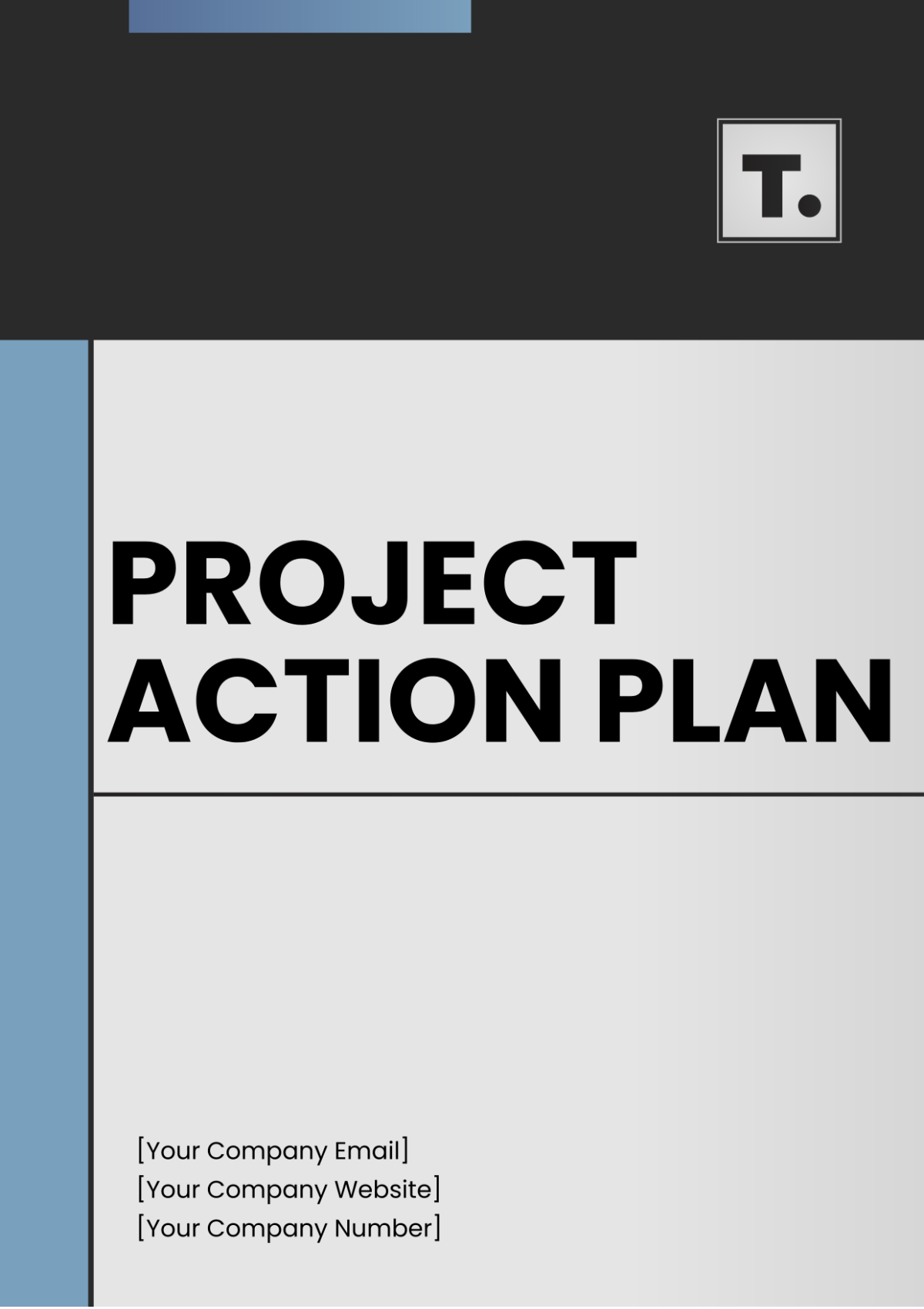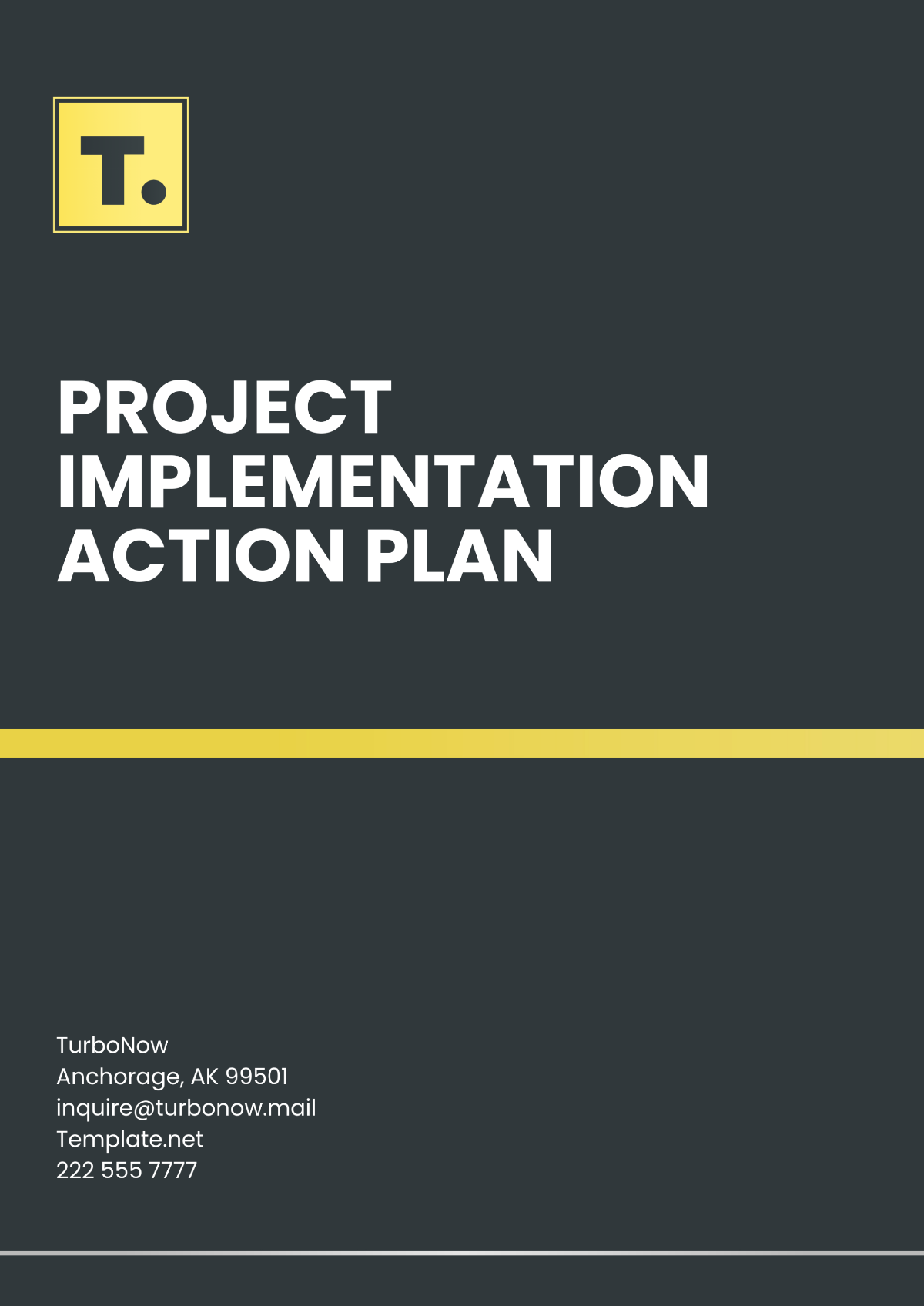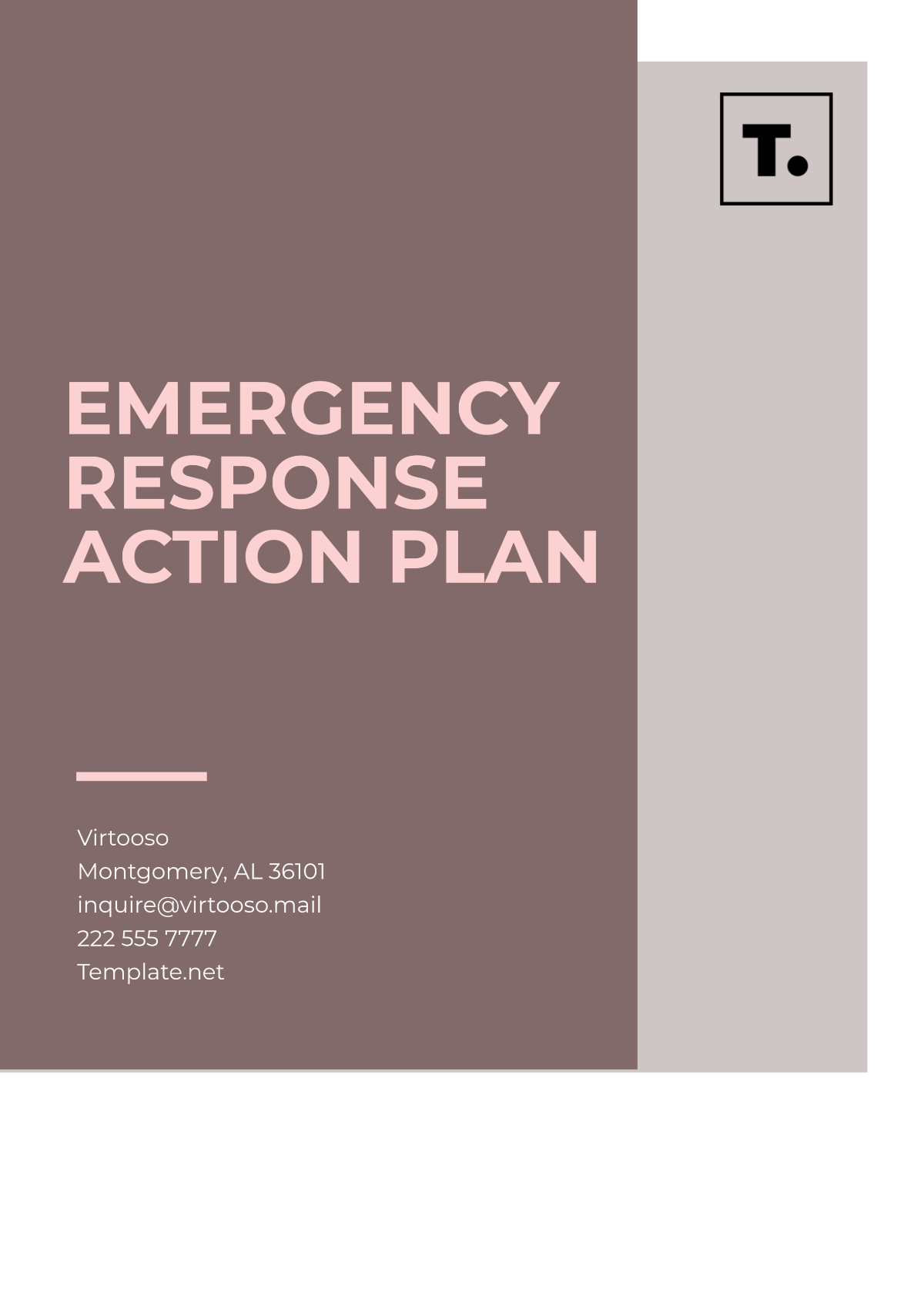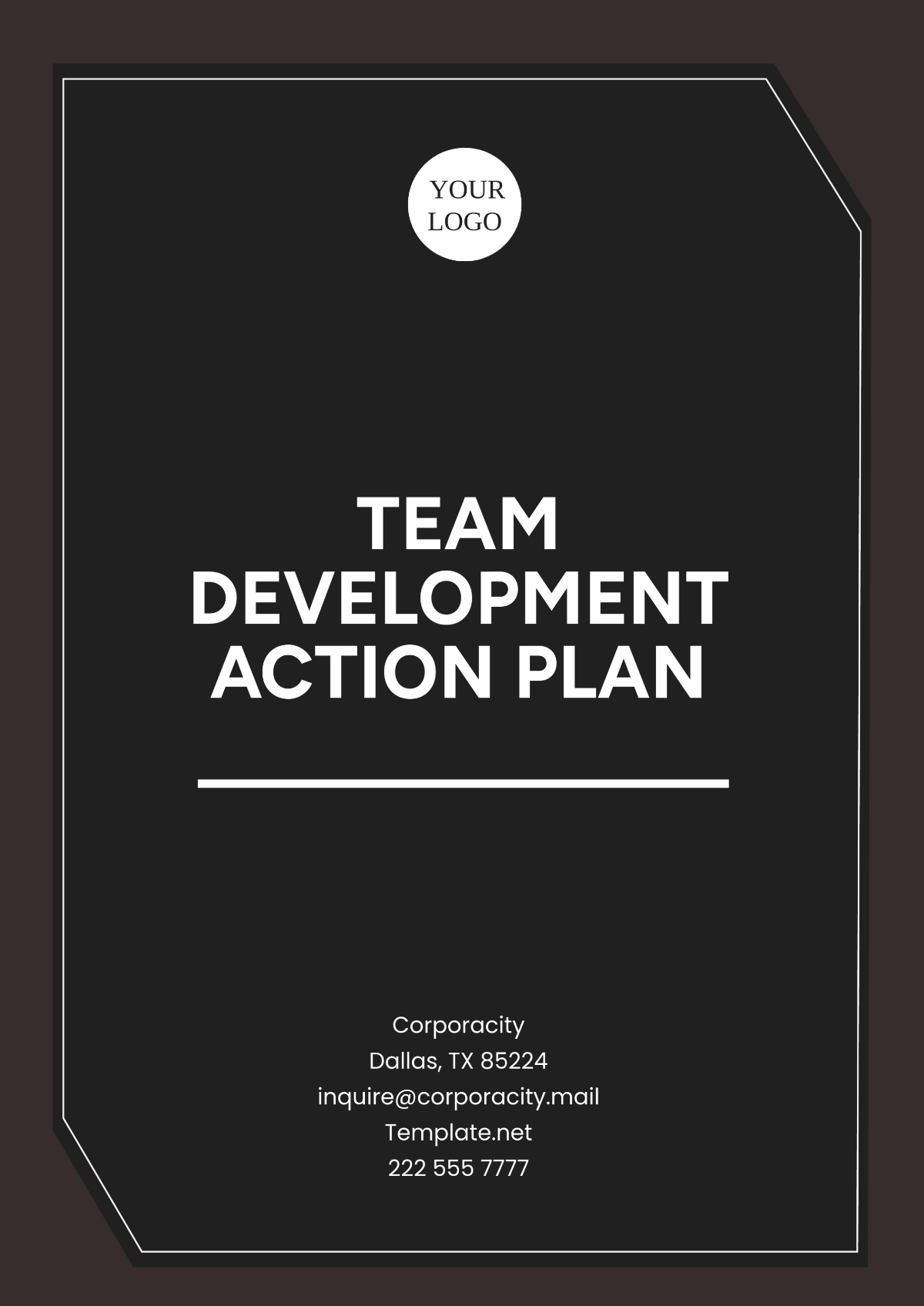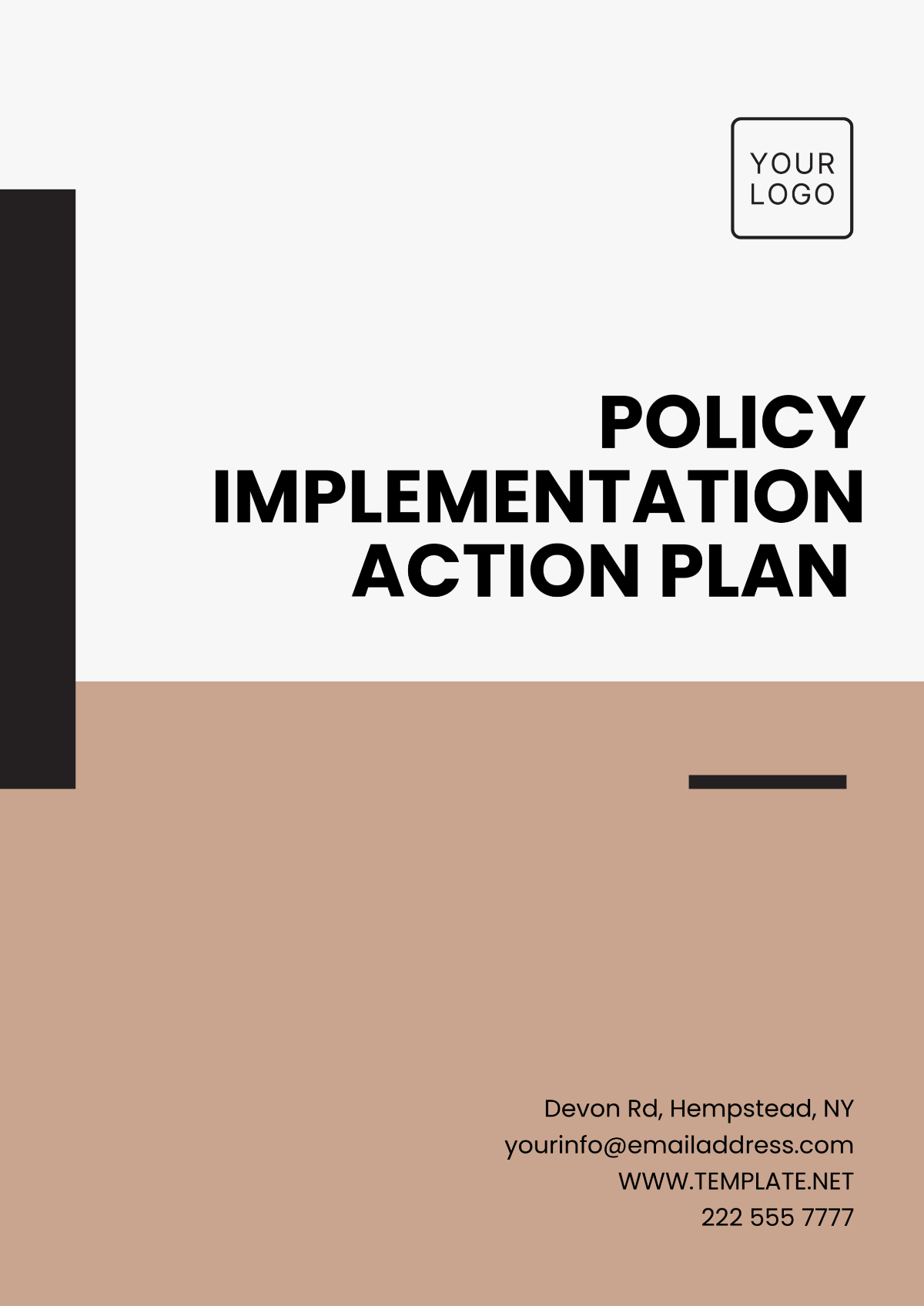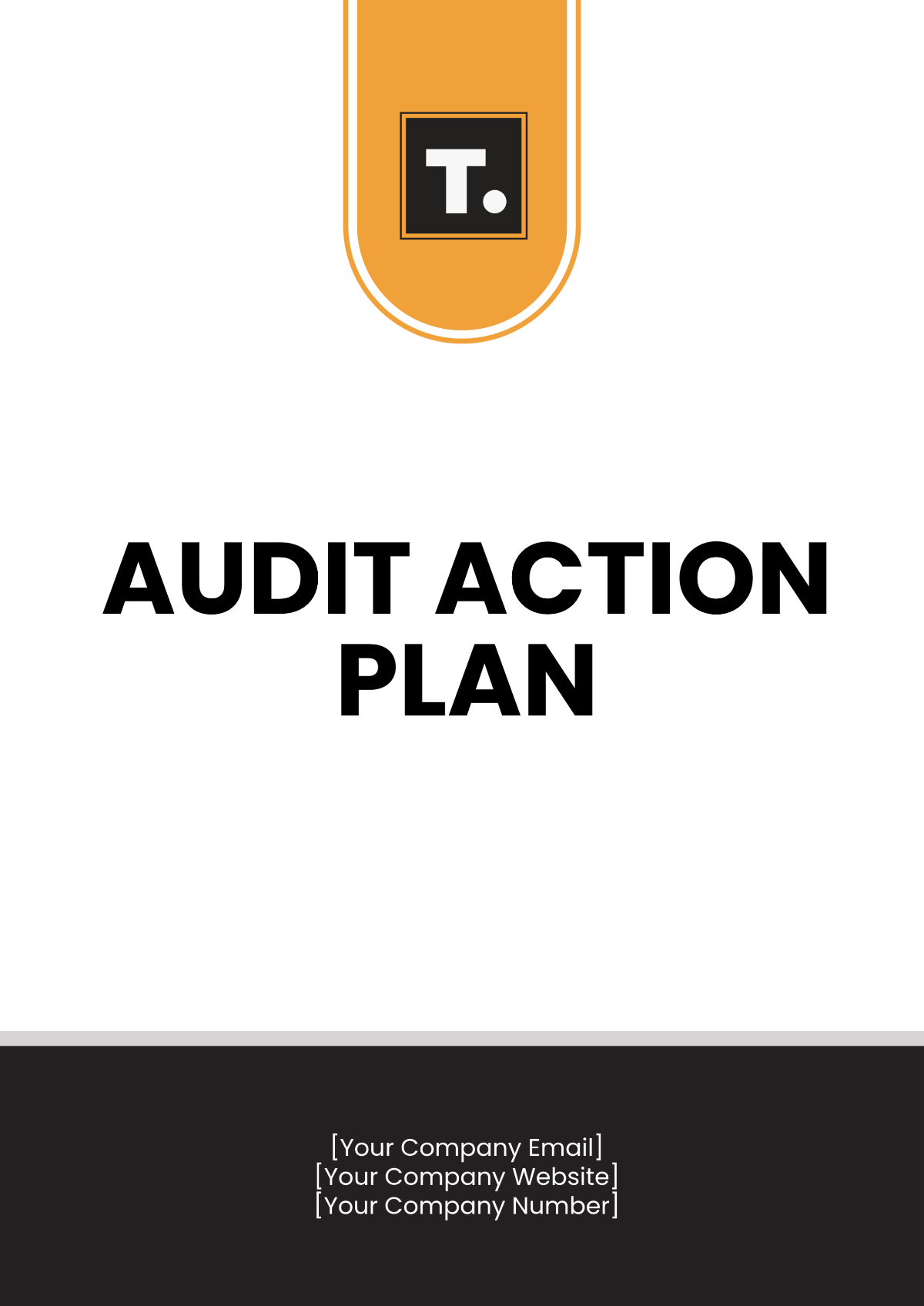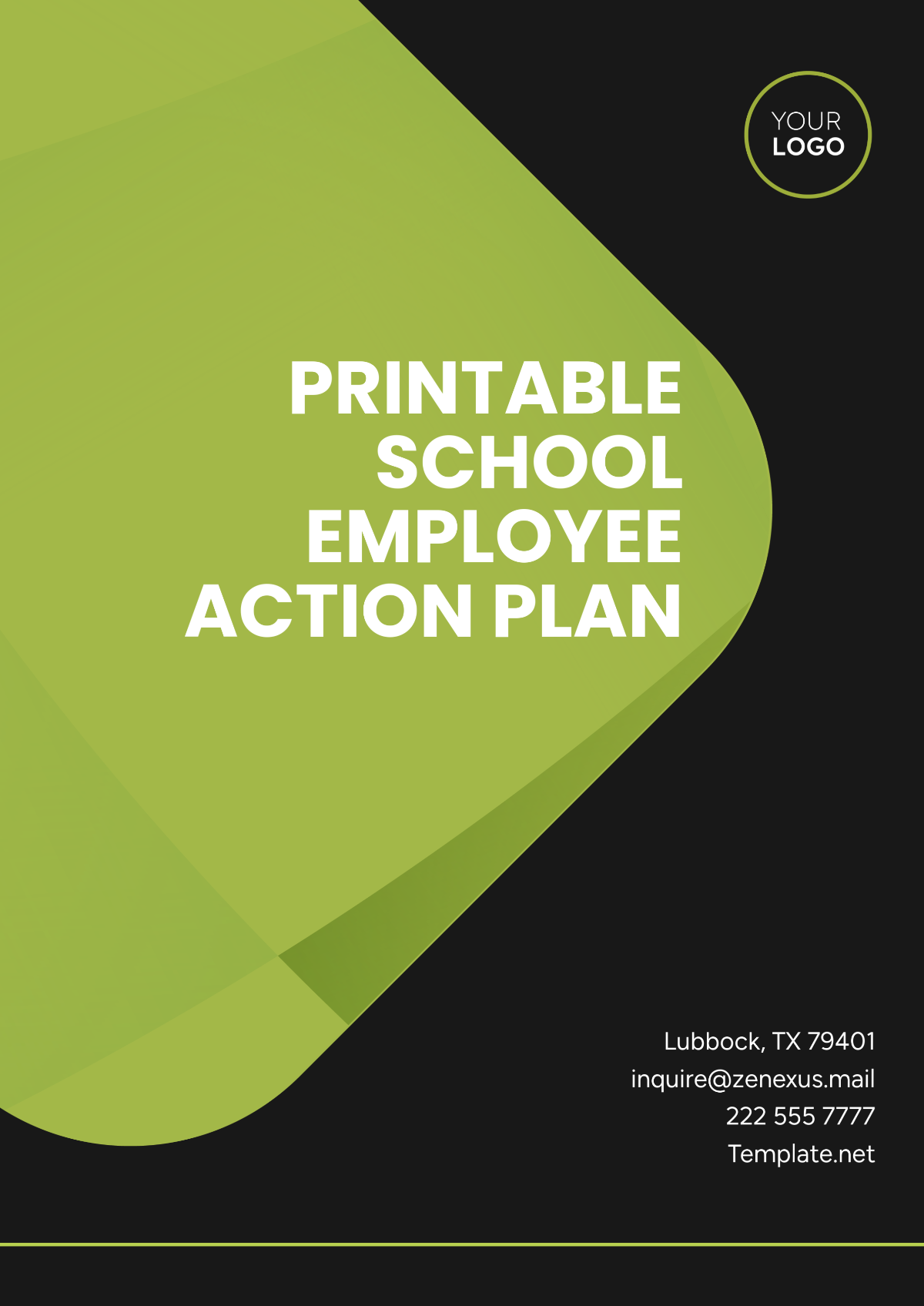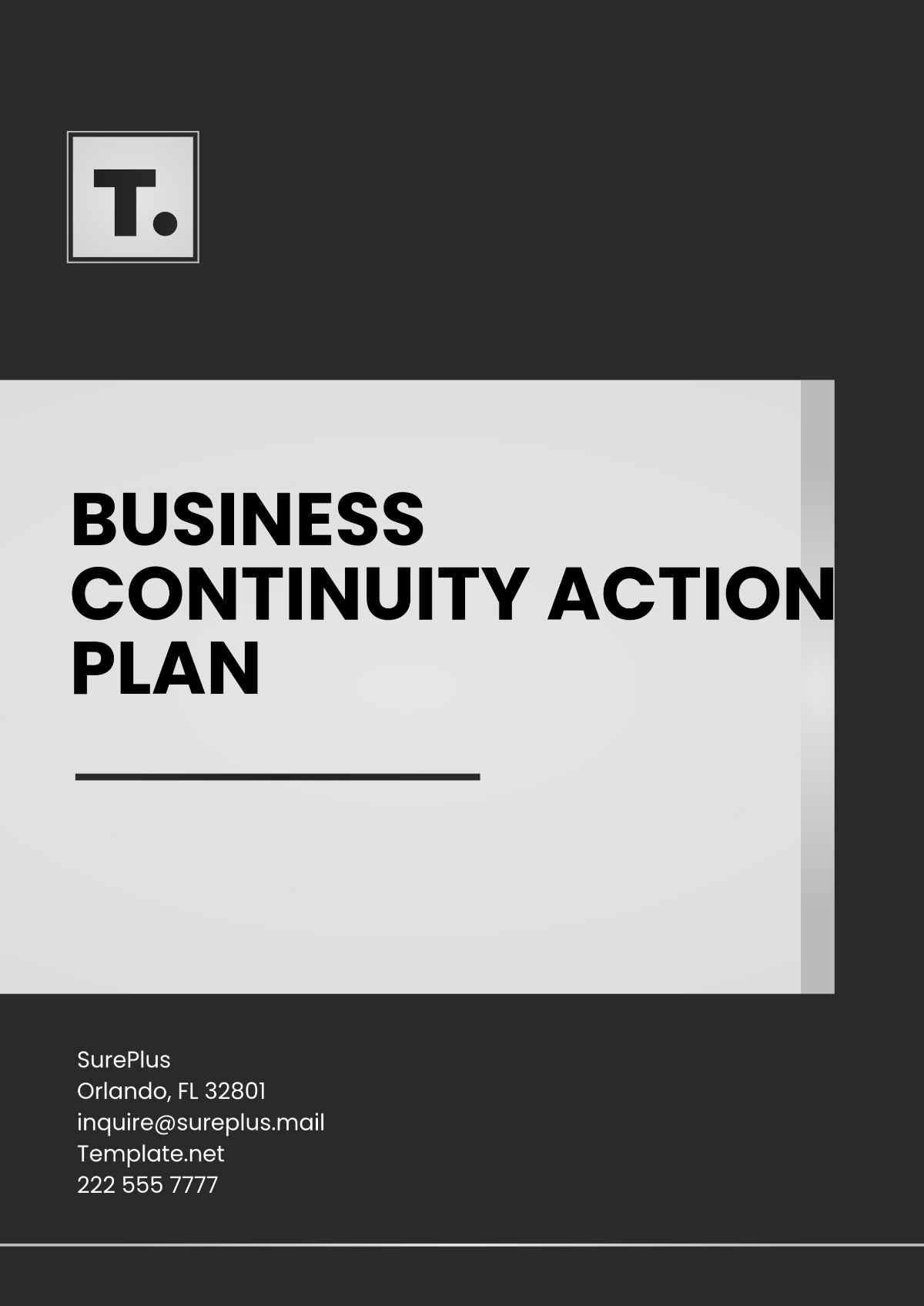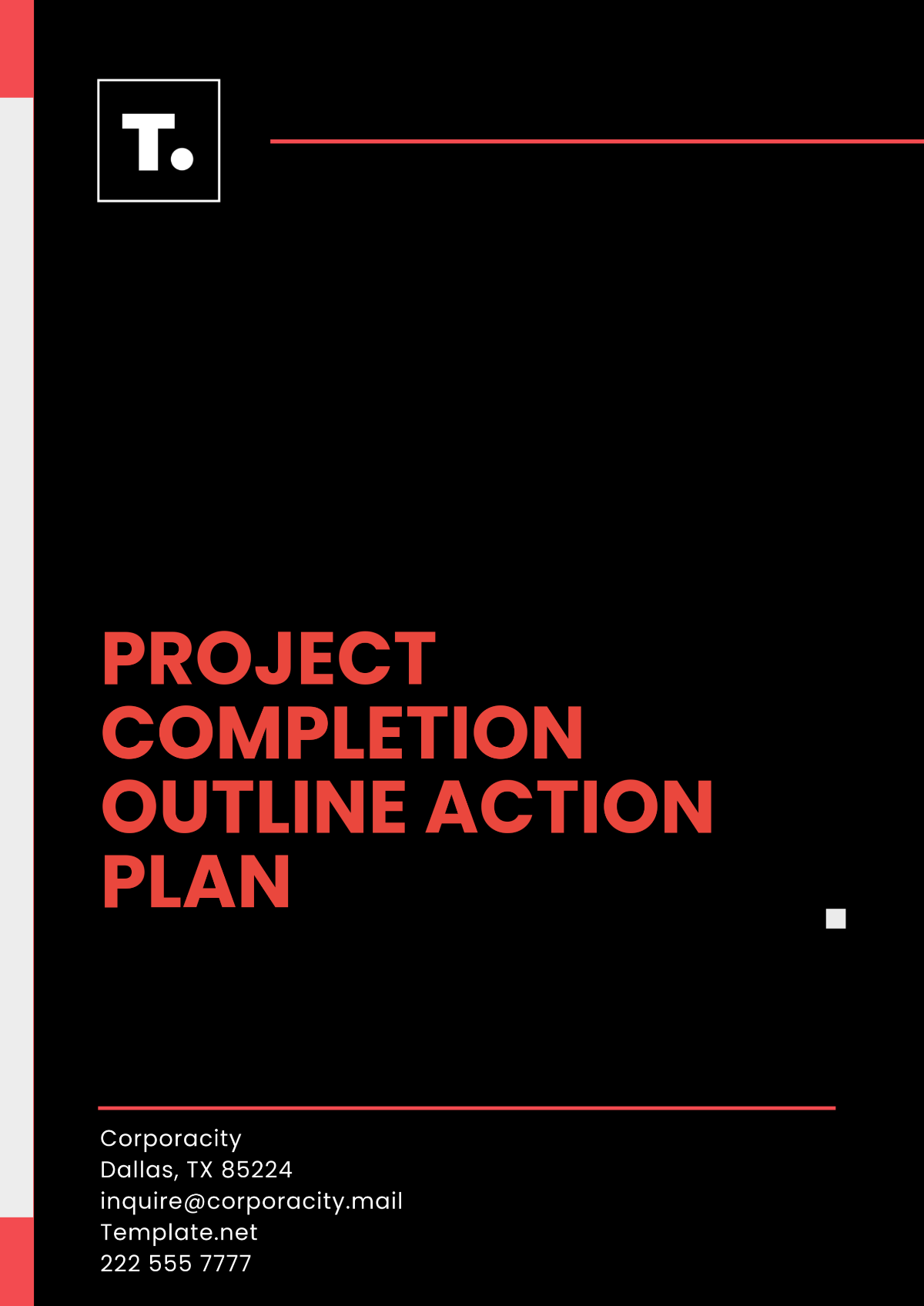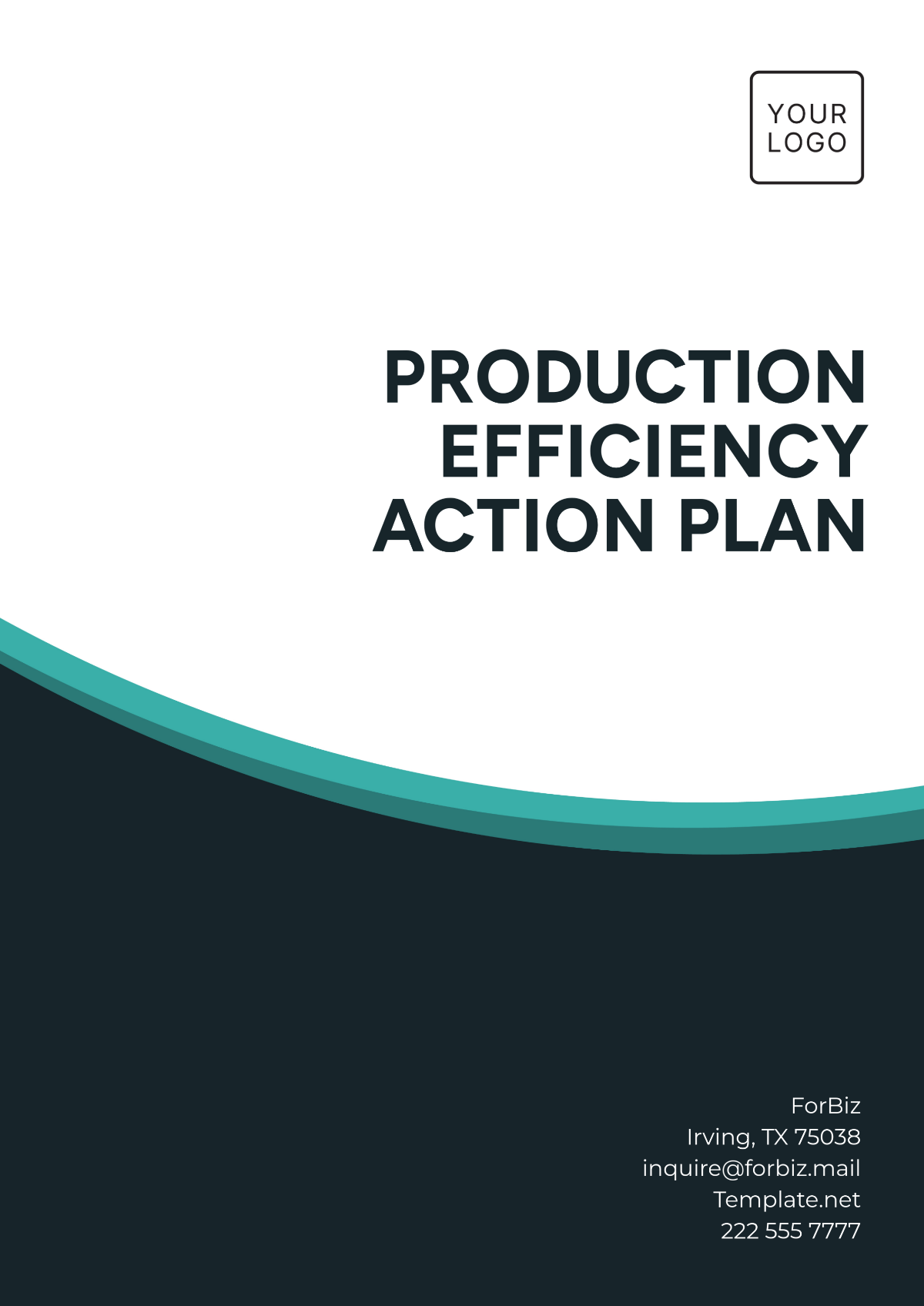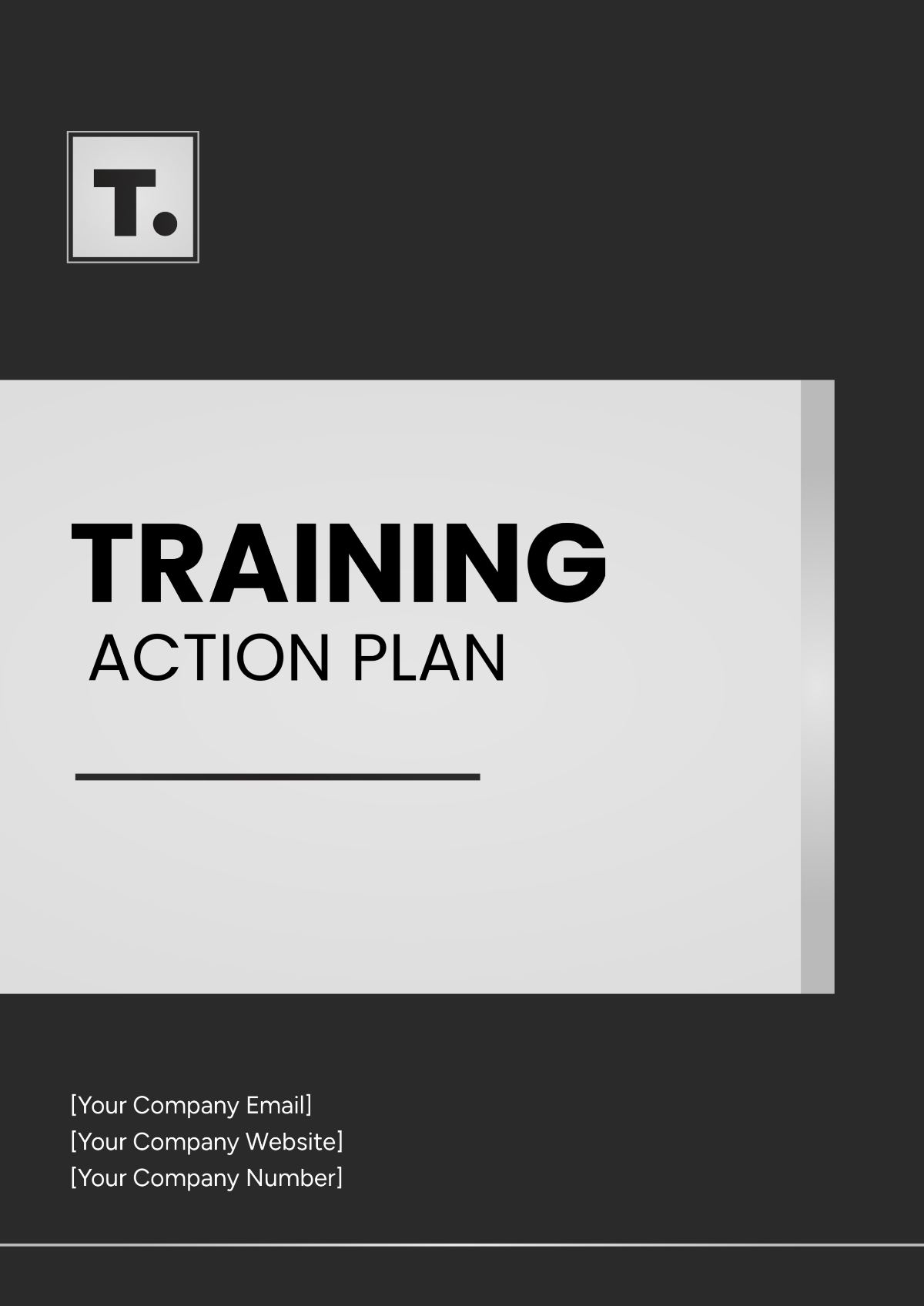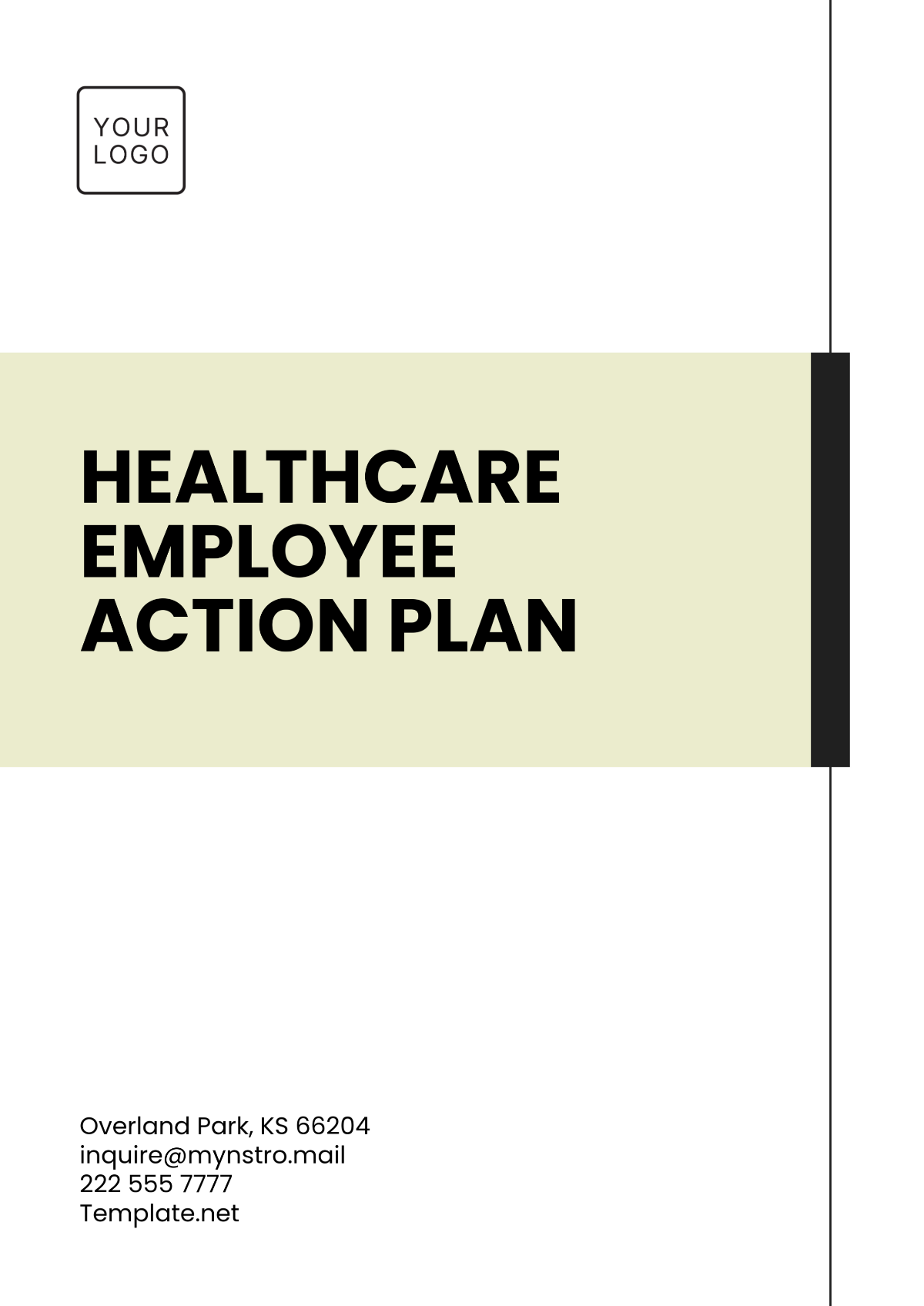Operational Planning Requirements
1. Introduction
This Operational Planning Requirements document provides a comprehensive framework to guide the daily activities and project implementation within [Your Company Name]. These requirements ensure that the organization conducts operations efficiently, utilizes resources optimally, and maintains quality standards. This document outlines the objectives, scope, resource needs, processes, roles, performance metrics, risk management strategies, and timeline necessary to achieve operational excellence.
2. Objectives and Goals
The primary objectives of the Operational Planning Requirements are to ensure efficient and effective management of day-to-day operations. These objectives align with the overall strategic goals of the organization and focus on:
Operational Efficiency: Enhance the efficiency of operations by streamlining processes and minimizing waste.
Resource Utilization: Optimize the use of resources, including personnel, equipment, and budget.
Quality Standards: Maintain high-quality standards in operational activities to meet customer expectations and regulatory requirements.
Risk Management: Identify potential risks and establish mitigation strategies to minimize operational disruptions.
3. Scope and Boundaries
3.1 Scope
The scope of the Operational Planning Requirements encompasses:
Daily Operations: Includes routine tasks and activities necessary for the smooth functioning of the organization.
Project Implementation: Covers the planning and execution of specific operational projects.
Resource Management: Addresses the allocation and utilization of resources to support operational activities.
3.2 Boundaries
The boundaries define the limits of the operational plan:
Geographic Scope: Operations will be implemented across all branches in the United States.
Functional Areas: Involves the departments of Production, Quality Control, Logistics, and Customer Service.
Timeframe: The operational plan will be in effect from January 1, 2050, to December 31, 2050, with quarterly reviews.
4. Resource Requirements
4.1 Human Resources
Role | Responsibilities | Required Skills |
|---|---|---|
Operations Manager | Oversee day-to-day operations and ensure process adherence | Leadership, Organizational |
Project Manager | Plan and execute specific projects | Project Management, Budgeting |
Quality Assurance Specialist | Monitor and enforce quality standards | Quality Control, Attention to Detail |
Support Staff | Perform routine tasks and support operations | Technical Skills, Communication |
4.2 Financial Resources
Resource | Description | Estimated Cost |
|---|---|---|
Budget Allocation | Funds required for operations and projects | $5,000,000 |
Equipment Investment | Cost of necessary equipment | $1,200,000 |
Training and Development | Costs associated with staff training and development | $300,000 |
4.3 Material Resources
Material | Description | Required Quantity |
|---|---|---|
Office Supplies | General office supplies | 1,000 units |
Equipment | Machinery and tools needed for operations | 150 units |
5. Processes and Procedures
5.1 Process Overview
The operational processes include:
Process Design: Definition of operational workflows and procedures.
Implementation: Execution of processes according to defined standards.
Monitoring: Ongoing assessment of process performance and compliance.
5.2 Standard Operating Procedures (SOPs)
Procedure | Description | Responsible Party |
|---|---|---|
Daily Operations Review | Daily assessment of operational tasks | Operations Manager |
Quality Check | Regular inspection of operational outputs | Quality Assurance Specialist |
Incident Reporting | Procedure for reporting and addressing operational issues | Support Staff |
6. Roles and Responsibilities
6.1 Key Roles
Operations Manager: Manages overall operations, ensures adherence to procedures, and handles escalations.
Project Manager: Oversees specific projects, coordinates with teams, and ensures timely completion.
Quality Assurance Specialist: Enforces quality standards and performs inspections.
Support Staff: Executes routine tasks and supports operational activities.
6.2 Responsibilities
Operations Manager: Strategic planning, resource management, performance monitoring.
Project Manager: Project planning, execution, and reporting.
Quality Assurance Specialist: Quality control, compliance monitoring.
Support Staff: Task execution, operational support.
7. Performance Metrics
Metric | Description | Target Value |
|---|---|---|
Efficiency Rate | The measure of operational efficiency | 95% |
Resource Utilization | Effectiveness in using resources | 90% |
Quality Compliance | Adherence to quality standards | 98% |
Risk Incident Rate | Frequency of operational issues | 5 incidents per quarter |
8. Risk Management
8.1 Risk Identification
Risk | Description | Impact |
|---|---|---|
Equipment Failure | Breakdown of critical equipment | High |
Resource Shortage | Insufficient resources for operations | Medium |
Quality Issues | Non-compliance with quality standards | High |
8.2 Mitigation Strategies
Risk | Mitigation Strategy |
|---|---|
Equipment Failure | Regular maintenance and backup plans |
Resource Shortage | Maintain buffer resources and suppliers |
Quality Issues | Implement stringent quality checks and training |
9. Timeline and Milestones
9.1 Implementation Timeline
Phase | Start Date | End Date | Duration |
|---|---|---|---|
Planning | 01/01/2050 | 02/28/2050 | 8 weeks |
Execution | 03/01/2050 | 10/31/2050 | 34 weeks |
Review and Evaluation | 11/01/2050 | 12/31/2050 | 8 weeks |
9.2 Key Milestones
Milestone | Description | Completion Date |
|---|---|---|
Plan Approval | Finalization of the operational plan | 02/28/2050 |
Project Launch | Initiation of operational projects | 03/01/2050 |
Mid-term Review | Assessment of progress | 07/31/2050 |
Final Evaluation | Completion and assessment | 12/31/2050 |
10. Conclusion
The Operational Planning Requirements document serves as a comprehensive guide to ensure the efficient and effective execution of daily operations and project implementations within the organization. By adhering to the outlined objectives, resource requirements, processes, and risk management strategies, the organization can achieve its operational goals while maintaining high standards of quality and performance. Regular reviews and evaluations will help in continually improving the operational processes and addressing any emerging challenges promptly.
